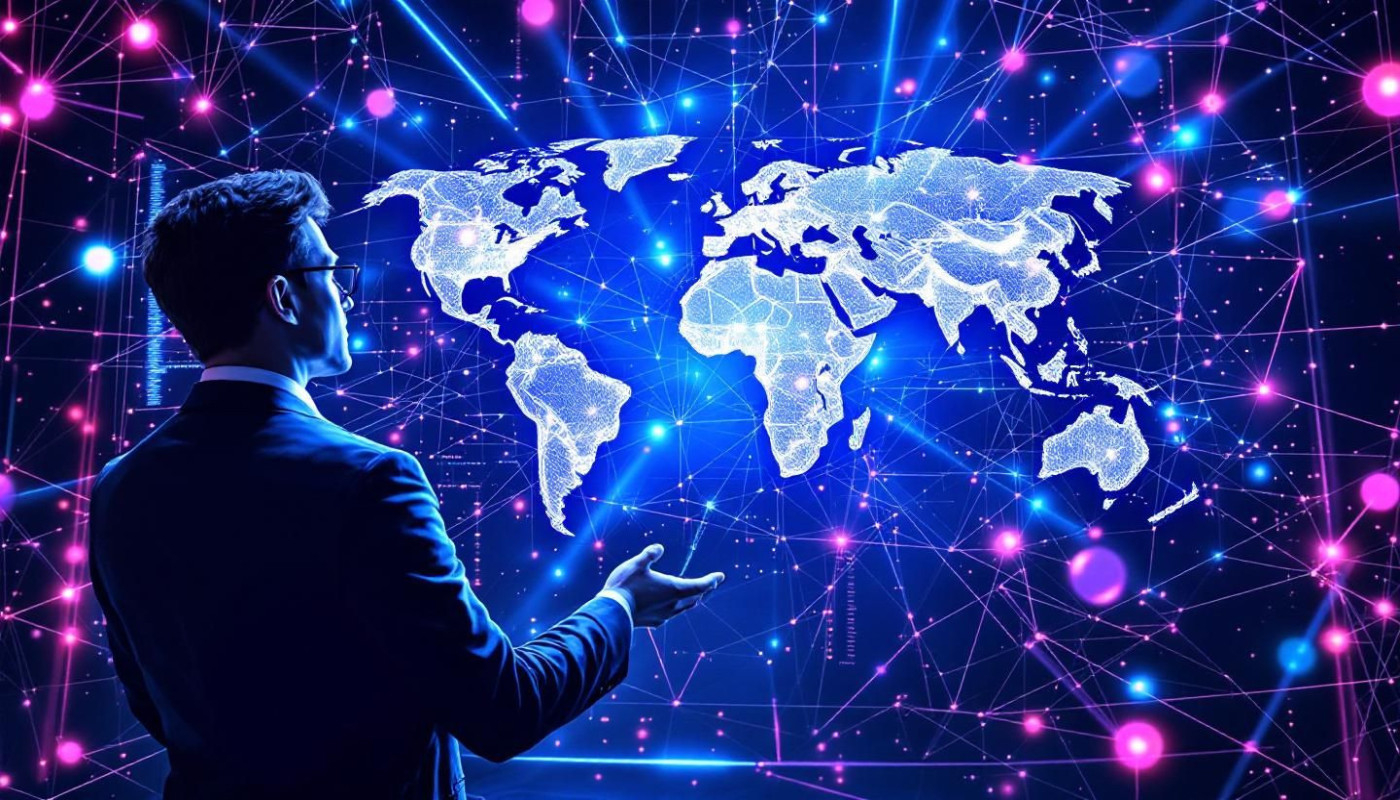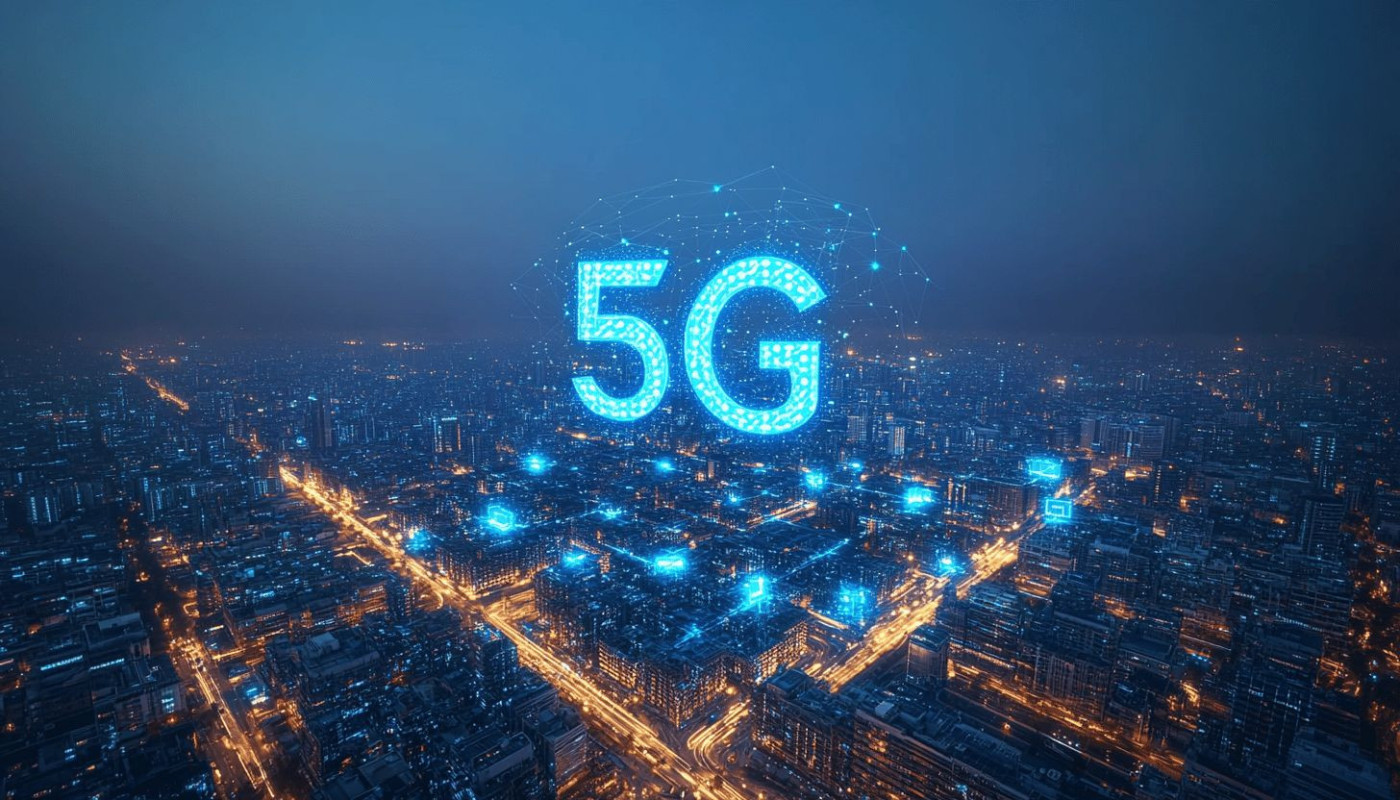Table of contents
The realm of visual innovation is undergoing a transformative evolution, spurred by the integration of artificial intelligence into the creative process. This fusion of technology and artistry is opening up unprecedented avenues for expression and design, challenging traditional notions of creativity. Poised at the precipice of this exciting frontier, this exploration invites readers to delve into the symbiotic relationship between AI and art, uncovering the groundbreaking potential it holds for the future of visual culture.
The Dawn of AI-Driven Creativity
In the burgeoning field of AI art generation, creative algorithms are becoming increasingly sophisticated. The integration of neural networks in art, a subset of machine learning, is revolutionizing the way we conceive originality and the act of creation itself. These computational creativity systems are now capable of absorbing and repurposing styles and techniques from a plethora of existing works to produce something entirely unprecedented. One particularly innovative mechanism at play is known as generative adversarial networks (GANs), which involve two neural networks contesting with each other to create and refine artistic outputs. This paradigm shift has led to a burgeoning landscape of visual innovation where AI is not merely a tool but an active participant in the creative process. Digital artists and AI researchers who are at the forefront of AI-driven projects are witnessing first-hand how these technologies are expanding the horizons of artistic possibility, enabling the production of artworks that were once thought to be beyond the scope of human ingenuity.
Blurring the Lines Between Artist and Machine
In the burgeoning realm of artist-AI collaboration, the traditional role of the creator is evolving at an unprecedented pace. The integration of AI in the creative process is not only enhancing the capabilities of artists but also leading to a fascinating metamorphosis in the production of digital artistry. As machines equipped with sophisticated algorithms assist in generating art, the boundaries between machine-human art become increasingly indistinct, stirring a rich philosophical debate about artistic authorship and originality. These dialogues delve into the core of what it means to create and whether an AI can possess the intuitive spark that has long been attributed solely to human ingenuity.
Within this artist-AI synergy, there is a critical examination of algorithmic bias, acknowledging that AI outputs are ultimately influenced by the inputs and directives of their human collaborators. This aspect raises profound questions about the authenticity of AI-generated art and the ethical implications this has on the perception of art itself. A philosopher specializing in aesthetics or a tech ethicist could eloquently dissect these nuanced issues, bringing to light the complex interplay between human intention and machine execution. The discussions surrounding these topics are not only intellectually stimulating but also essential for understanding the future trajectory of creative expression.
To further explore the revolutionary impact of AI on artistic innovation and delve deeper into these philosophical quandaries, Read Full Report on how image GPT is unleashing new potential in the realm of visual arts.
Transforming Artistic Production and Consumption
The advent of artificial intelligence is reshaping not only how art is made but also how it is shared and experienced by audiences worldwide. AI-driven curation is at the forefront of this transformation, leveraging sophisticated algorithms to tailor art exhibitions to the unique preferences and tastes of individual viewers. This personalization of art experiences has opened doors to interactive art platforms that engage viewers like never before, allowing them to become active participants in the art itself. Moreover, the democratization of art creation through AI tools has enabled a broader range of individuals to express themselves artistically without the need for traditional artistic training. Digital exhibitions, no longer confined to physical spaces, can now reach global audiences, further expanding the accessibility of art. A cultural theorist or art curator utilizing AI in their work might highlight the role of curatorial algorithms in making such innovative engagements possible, thereby revealing the vast potential AI holds for the future of visual arts.
Challenges and Ethical Considerations
In the burgeoning relationship between artificial intelligence and artistic creation, ethical considerations are at the forefront of the discourse. AI ethics in art revolve around complex issues that intersect with copyright and AI, raising questions about originality and ownership. As AI-generated art becomes increasingly sophisticated, artists and legal professionals grapple with the appropriate application of intellectual property rights. An expert in law, with a specialization in intellectual property and technology law, brings to light the importance of copyright law in addressing these concerns.
The burgeoning AI regulation space is also a point of contention, with stakeholders recognizing the necessity of a comprehensive framework that respects the rights of human creators while acknowledging the capabilities of AI systems. The implications of AI in the realm of art extend beyond legal concerns, influencing the creative economy at large. As AI continues to challenge traditional notions of art production, there is an imperative need for dialogue and policy development to ensure that the benefits of AI in art are balanced with fair and equitable practices for all involved in the creative process.
Looking to the Future: AI's Expanding Influence
As we peer into the horizon of technological progress, the potential interactions between AI and art paint a vivid picture of innovation and transformation. The future of AI in art suggests not only new mediums and techniques but also entirely new forms of expression that can redefine creativity itself. With sophisticated algorithms and machine learning capacities, emerging art forms may include immersive multimedia experiences that respond to and evolve with audience interaction, or generative art that continually redefines its own parameters to create an ever-changing tableau.
In the realm of entertainment, AI's role is likely to be both subtle and profound, altering the landscape in ways we are only beginning to understand. Transformative technology in art could lead to personalized storytelling where narratives adapt to the individual viewer, or interactive performances that blend live artistry with AI-driven elements. AI art education also stands on the cusp of revolution. Predictive analytics, as a technical term, refers to the use of data, statistical algorithms, and machine learning techniques to identify the likelihood of future outcomes based on historical data. Such technology could enable educators to anticipate learning trends, tailor curriculum to emerging art forms, and equip students with the skills needed to harness AI within their creative endeavors.
The fusion of AI with artistic processes is poised to alter our very conception of what it means to be an artist or a consumer of art. As AI continues to infiltrate the creative industries, it will not only aid in the creation of art but also in the curation, distribution, and reception of it, influencing how we perceive, interpret, and value artistic expression. The symbiosis of human creativity and machine intelligence is an exhilarating frontier, one that promises to unlock unprecedented potential for innovation in visual art and beyond.
Similar articles





